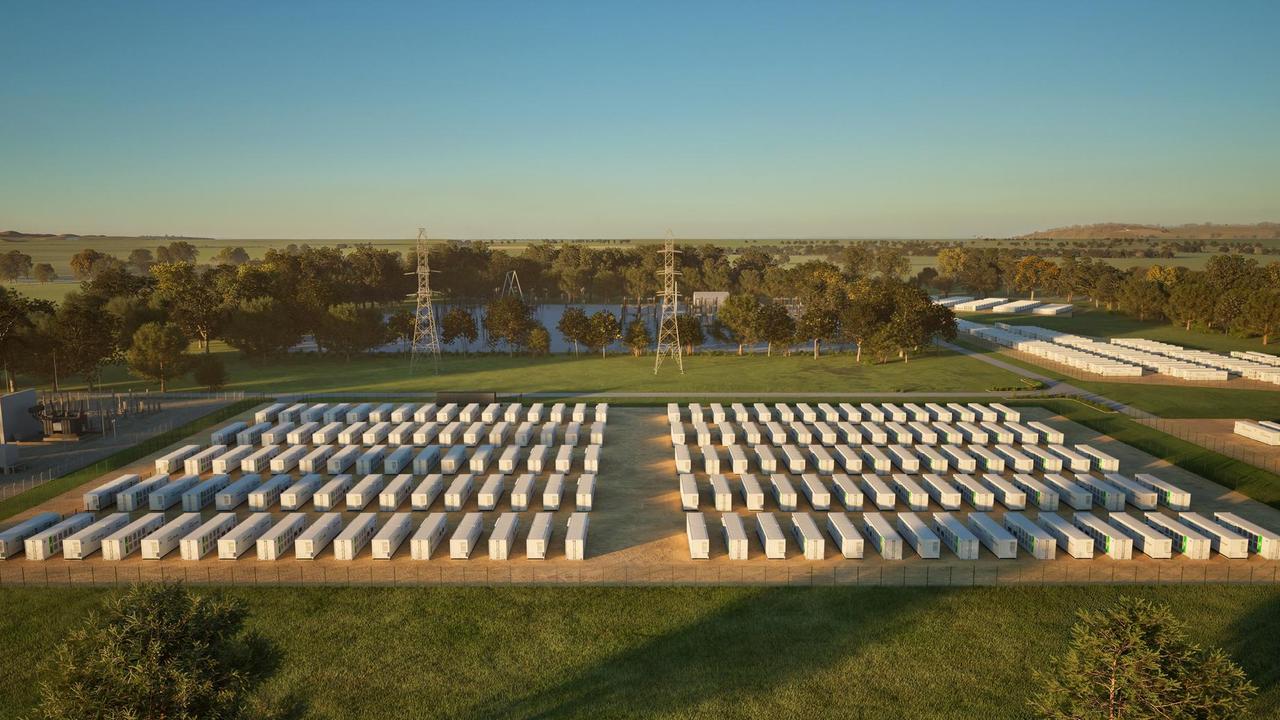British hold the key for BHP CEO Mike Henry

If all goes to plan, BHP will be back at the top of the ASX 200 list with daylight between it and CBA or CSL. It is a fitting place for the Big Australian, with its leadership determined to move on permanently from fossil fuels to the battery minerals of the future and at last to green-light potash. Renewables and agriculture are Australia’s future too.
That said, it is very important CEO Mike Henry is in London. The reason is that BHP has decided the era of dual Australia-UK listing of the stock must also come to an end. Arriving over the weekend, he will remain there for a couple of weeks at least.
Coverage of the announcement in the British papers was very different to Australia, focusing on concerns from some of BHP’s UK investors. On London’s FTSE 100, BHP Plc is the second largest company behind AstraZeneca.
The dual listing was set up after BHP took over Billiton 20 years ago, which created two companies: BHP Ltd shares trading on the ASX and BHP Plc shares trading in London. Plc shares have traded at a discount of up to 20 per cent to BHP Ltd shares, in large part because of the franking credit advantage to Australian investors.
To dissolve the dual listing, BHP Ltd will acquire BHP Plc and shareholders in Plc will be offered Ltd stock on a one-for-one basis. The primary listing will become Australia, with one reference price. The big miner stresses that investors in the UK will continue to be able to own BHP as shares will be listed on the London and US and South African stock exchanges.
To the Brits however, this is a major player stepping away from a primary listing in the UK and all extra market capitalisation from BHP Plc will come across into the ASX. In all likelihood, BHP will no longer be listed on the FTSE 100 and that has implications for index weighted funds, many of which will be forced to sell shares.
For the City which has built a reputation as a hub for big mining stocks and has lived through all the scares and threats of being hollowed out by Brexit, this is a sensitive issue. “The City was dealt a heavy blow” reported The Times on the news.
Both The Times and the Telegraph quoted the reaction of BHP Plc’s ninth largest investor. Legal & General’s Nick Stansbury said. “If this is indeed the case for UK index investors, it is our view that losing a company of the calibre of BHP is disappointing.
“However, BHP’s proposal is supported by a robust and clearly articulated value case with the potential for investors in the UK company to benefit from the possible narrowing of discount to the Australian company. It is important that UK index investors are able to realise that benefit and we will continue to review the proposal with this in mind.”
Particularly attractive for UK fund managers has been the very high dividend payments from BHP, and Henry will be working hard to convince investors of a strong case for change in a world where funds management is a truly global business.
BHP will need 75 per cent of the shareholder vote at both the Australian and UK listed company EGMs to pass the restructure.
“We think the case is compelling,” Henry said of the restructuring. “It needs to be seen as separate from the ongoing strong commitment we have to the UK market. Nothing is going to change by way of the underlying business. Nothing will change by way of our commitment to engage with UK shareholders.”
For the board and management at BHP, the rationale for collapsing the listing has become stronger each year. It would make the business more simple and decision making easier, particularly important in pandemic times that have shut down face-to-face communication.
When the dual listing was created, 40 per cent of BHP assets sat in the Plc structure. Today that is less than 5 per cent, effectively made up of four businesses: Cerrejon coal in Columbia, which is to be offloaded to Glencore; Hunter coal where a sale process is underway; copper from Pampa Norte in Chile is a diminishing asset (and does not include Spence); and a good copper/zinc asset in Antamina in Peru.
The cost of changing the dual listed structure, once put at over $1bn, has halved as tax considerations from BHP’s Singapore marketing hub and Mt Arthur coal mine have disappeared. And finally, the unification of listings will satiate BHP’s activist 4.7 per cent shareholder Elliott which has been on management’s back for years.
Overnight on Thursday shares in BHP Plc moved up 3.4 per cent, while on Friday BHP Ltd shares fell 7 per cent. Fast money is already reported to be moving into Plc stock to take advantage of a narrowing discount. There will no doubt be volatility in the share price but over time the register will probably become more Australian owned.
The change to listing is just one of four huge announcements that the quietly spoken Henry and his CFO David Lamont managed to synchronise for results day on Tuesday. There was also the impressive operational result and a record dividend for shareholders, a $13.9bn sale of BHP Petroleum assets to Woodside, and a decision to green light the $5.7bn first stage of the Jansen potash project. Lamont only came on board in December and is riding the most exciting period at BHP in years.






